A room with a view - innovative and comfortable care home rooms
Management at the nation’s care homes have to continuously think of innovative and welcoming ways to make their care homes feel like ‘home’ for their residents. From popping into the friendly ‘pub’ room for a glass or two of one’s favourite tipple, to chilling out in the movie room, country kitchen or old fashioned sweet shop – there really is a room for everyone to relax and call home.
Guysfield Care Home in Letchworth has undergone a 40s and 50s makeover in two of its communal rooms to provide a nostalgic trip down memory lane for residents.
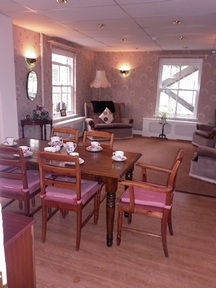
A room that was once a stark and unwelcoming staff room and storage area was transformed after residents were asked for their input. They said they would like a room with a cosy, homely feel. This idea evolved into a period room that would have been familiar with the residents when they were in their twenties and thirties. This linked into the theme for the year of the Queen’s Jubilee and so a focus date around 1952 was the aim.
Caroline Cafferkey, Guysfield’s activities co-ordinator, scoured flea markets and vintage fairs to find the perfect furniture pieces, antiques and accessories needed to outfit the dining room and lounge with historic accuracy and charm.
Residents now enjoy furniture and furnishings from the 1950s period including a three-piece suite of vintage lounge furniture in the activities room and a six chair dining area which is now used for special occasions and family meals beside the new welcoming mock fireplace with artificial flame.
This inviting new room has many benefits and can be used as a quiet lounge, a space to entertain visitors, a small dining room, and an activities room for cards, flowers arranging, and beetle drive.
Emma Charlton, Caring Homes marketing director said: “Ensuring that residents are involved in home life through a range of interesting, engaging and innovative activities is really what we are all about.
“Redecorating the home to evoke the past is just one example of how our homes ensure that the passions and hobbies of our residents are encouraged.”
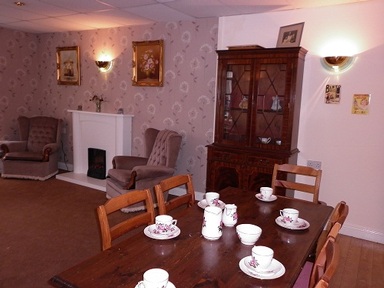
Guysfield Care Home provides residential and dementia care for up to 51 people and is run by the family-owned Caring Homes Group.
Sanctuary Care prides itself on delivering the highest standards of care to all its residents. It has an array of unique areas in its homes across the country, ensuring there is always a homely, welcoming, friendly place for residents. Len Merton, director of care said: “Our teams put a huge amount of thought into creating these special areas in our homes. They talk to our residents about the things they fondly remember from days gone by and help them to recapture these memories.
“A little imagination really does go a long way and it is incredible how many authentic items can be found in your loft at home, in second hand shops and online.
“Areas like these are wonderful for reminiscence, especially for our residents with dementia, prompting fond memories that may have been locked away. They are also a great talking point for our residents to share stories of their younger days with the team here, their loved ones and of course each other.” 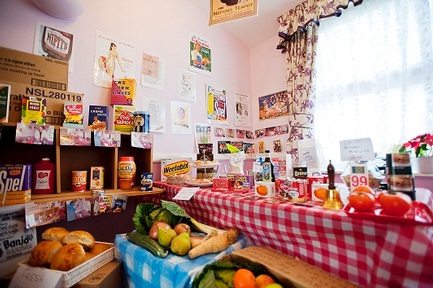
Old fashioned shops at Sanctuary Care homes have proved very popular with residents, and many even play an active part in running them. A 1950s Co-op shop was created at Birchwood Care Home in Ilford, complete with brand names from yesteryear, such as Spel washing powder that appears in its original packaging.
Hatfield Nursing Home in Hertfordshire has an old fashioned sweet shop, with traditional scales for the residents to weigh out the sweets they enjoyed as children. The sweets are displayed in old fashioned, traditional jars and put in paper bags, just like the old days for everyone to enjoy and reminisce over the rustle of the bag and old fashioned sweets.
The home’s manager Sally Kalaiarasu said: “The sweet shop is a huge hit with our residents and helps them to recapture happy memories of their childhood.”
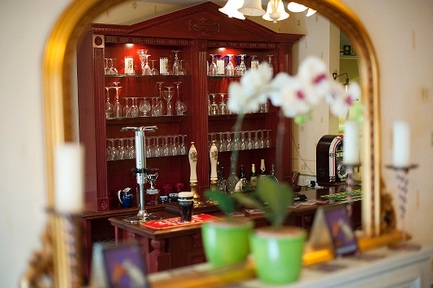
Many of Sanctuary Care’s homes have their own pubs. At Ashley House Care Home in Hampshire, The Dog and Trumpet has an authentic bar and pumps, beer mats and even a gramophone and duke box. The pub has a wonderful atmosphere and there is even a brass bell to call time!
The home’s manager Margaret Powell said: “We sourced the pumps from eBay and transformed a small area of our home into a friendly little pub where our residents can soak up the atmosphere and enjoy the company of others over a drink or two.”
Resident Dottie Williams, aged 90 said: “I must curl my hair before I go out to the pub.”

Residents enjoy the country kitchens at some Sanctuary Care homes and they have proven especially popular with the female residents.
At Ashley House Care Home in Hampshire the residents love sitting beside an original Aga, which was donated by Sanctuary Care’s activities manager Stella Charman, who persuaded her husband that she needed a new kitchen at home!
Margaret Powell, home manager said: “With washing to pin on a line with old fashioned wooden pegs, a basket of tea towels to fold, socks to pair and brass to polish, these areas are wonderful for people living with dementia because they help residents to feel busy and occupied with a ‘half-done approach’, without the structure of an organised activity.”
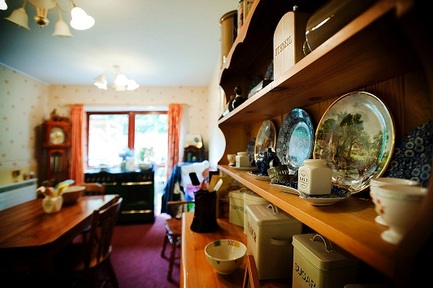
Resident Mary Riley, aged 90 said: “I like to be helpful, getting all my jobs done before lunch when I will put on my afternoon dress.”
Some Sanctuary Care homes have nurseries - calm and relaxing places where, surrounded by precious items including baby clothes, toys and blankets, residents can reminiscence about a time when they were proud new parents themselves. Nurseries are especially therapeutic for residents with dementia; with a wide variety of tactile stimulation ladies will often sit in a rocking chair, holding a real life doll – something which they find extremely comforting.
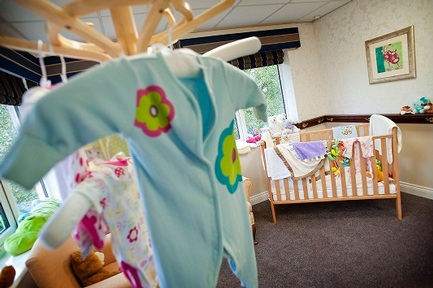
At Berelands House care home in Prestwick part of the Priory Group of companies, residents can be transported to a retro community, complete with post office and cinema from the 1950s.
The innovative project was overseen by activities co-ordinator, Derek Lennox, who managed to deliver the transformation for under £150.
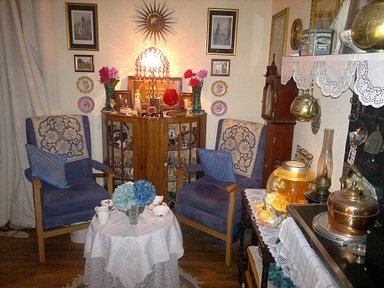
He created Main Street, a corridor which looks like a historic street in Glasgow from 60 years ago. It includes a traditional lounge with a vintage TV and newspapers, hairdressing salon, post office and cinema with ticket booth and seating in rows, showcasing classic films.
Main Street provides a living environment which enables people with short term memory loss to interact socially and conversationally from their long term memories.
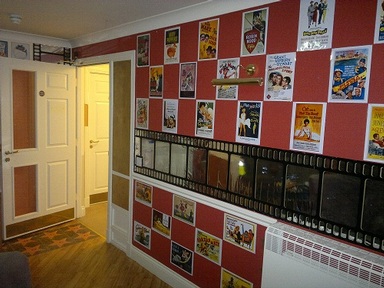
Janette Malham, managing director for Priory Elderly Care Services, said: “This initiative forms one part of Reminiscence Therapy, which we have found to be useful and helpful to older people with memory problems.
“Projects such as Main Street provide a living environment which enables people with short term memory loss to conversationally and socially interact, based on their long term memories. Residents at Berelands House regularly use the different rooms and are often most content when relaxing in the vintage lounge or cinema room.
“The makeover of facilities offers a door to the past for residents, when the modern world becomes too overwhelming, especially for those living with dementia. With dementia, short term memory goes, but long-term memory is often intact. A lot of residents are effectively living in the past.
“The Main Street’s old-time atmosphere is something our residents recognise and makes them feel more at home. Throughout the process they often told us when they thought we had something wrong! We hope this transformation can help to aid dementia treatment of those residents living with the illness and increase their quality of life.”
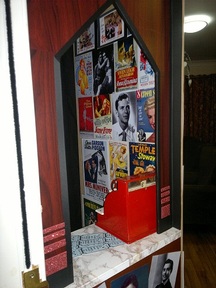
Commenting on the unique and welcoming rooms featured, Louise Lakey, policy manager at Alzheimer’s Society, told www.carehome.co.uk: “It’s great to see care homes finding new ways to enhance people with dementia’s lives and we’d like to see this happening a lot more.
"Reminiscence therapy is a powerful way of helping empower people with dementia. During reminiscence sessions, people with dementia often feel happier and their mood improves when they are able to access long-term memories. This kind of reminiscence in particular would provide an opportunity for people to re-visit their maternal or paternal memories both of their own children or even that of their early childhood brothers and sisters.
“Any opportunity that may increase a sense of wellbeing is to be encouraged as long as those involved are appropriately trained to support the potential emotional response. It’s also vital that therapies such as reminiscence are tailored around the individual to ensure people with dementia have the best quality of life possible.”
Latest Features News
 25-Nov-19
2019 Election: Boris Johnson leaves social care in 'too difficult box' but Labour vows to end 'crisis'
25-Nov-19
2019 Election: Boris Johnson leaves social care in 'too difficult box' but Labour vows to end 'crisis'
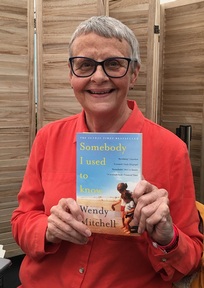 18-Oct-19
Podcast: Wendy Mitchell and dementia: 'My biggest fear is not knowing who my daughters are'
18-Oct-19
Podcast: Wendy Mitchell and dementia: 'My biggest fear is not knowing who my daughters are'
 27-Sep-19
Exclusive: Care minister backs care workers' call for time off to grieve and attend funerals
27-Sep-19
Exclusive: Care minister backs care workers' call for time off to grieve and attend funerals
 19-Sep-19
Podcast: Gyles Brandreth says poetry helps ward off dementia
19-Sep-19
Podcast: Gyles Brandreth says poetry helps ward off dementia
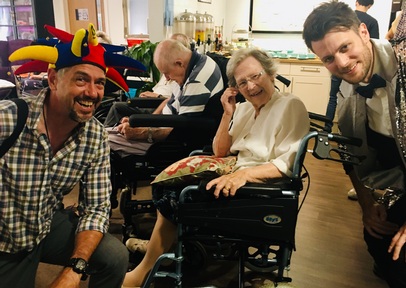 30-Aug-19
Edinburgh Fringe funnyman joins comics facing toughest audience at care home gig
30-Aug-19
Edinburgh Fringe funnyman joins comics facing toughest audience at care home gig